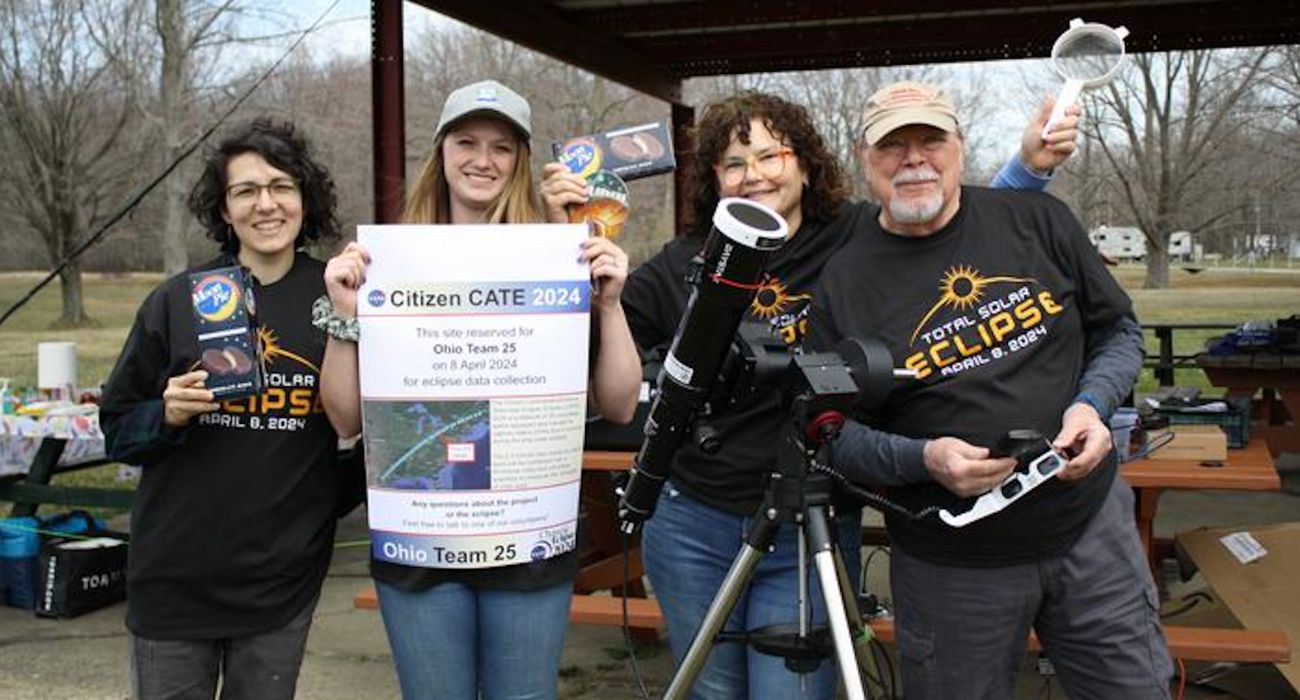Researchers captured new data from the only visible portion of the sun during the total eclipse earlier this month.
A rare total solar eclipse passed over much of the United States from Texas to Maine on April 8. This eclipse was the first to pass over the North Texas region in over a century, darkening skies across the metroplex, as previously reported by The Dallas Express.
The total eclipse offered a unique opportunity for scientific researchers from across the nation, some of whom traveled to the metroplex, to gather data from the ground and the air.
Amir Caspi of the Southwest Research Institute (SwRI) led teams of scientists from a number of institutions across the nation and more than 200 community participants in 35 locales along the eclipse’s path in an experiment known as Citizen Continental-America Telescopic Eclipse (CATE) 2024.
The teams of community participants deployed small telescopes in various areas along the path of the eclipse to gather data on the polarization of light in the corona, the outermost layer of the sun’s atmosphere.
“The Citizen CATE 2024 telescopes have a polarizing filter baked onto every pixel of the sensor, allowing us to measure four different angles of polarization everywhere in the corona, providing a lot more information than just measuring the brightness of the light,” Caspi explained in a news release.
Caspi also led a second experiment to observe the eclipse from an altitude of 50,000 feet, allowing researchers to take measurements that could not be made from the ground while also avoiding weather-related risks.
The researchers deployed high-speed visible-light and infrared imagers in the nosecone of a jet to take these measurements. The jet followed the path of the eclipse shadow, “making observations only accessible from a bird’s eye view.”
“Combining the airborne mobile data with the CATE 2024 hour-long string of observations will provide a more complete picture of the Sun’s mysterious corona,” said Dan Seaton, a co-investigator leading the science of both projects.
“Both experiments required enormous effort and precise timing to get the data we need,” said Caspi. “I am honored and in awe of the exceptionally talented teams that worked so diligently together. I can hardly wait to dig into the data we collected.”
Scientists hope the new data gathered can inform research on the corona’s temperature and potentially unravel why that layer of the sun’s atmosphere is hundreds of times hotter than the surface.
“Total solar eclipses are relatively rare, offering unique opportunities for scientists to study the hot atmosphere above the Sun’s visible surface,” said Caspi. “But more than that, through CATE 2024, the eclipse offered a bonding experience between scientists and communities along the path, sharing in this incredible, awe-inspiring event. We hope the public experienced a new interest in and appreciation of the sun and its mysteries.”






